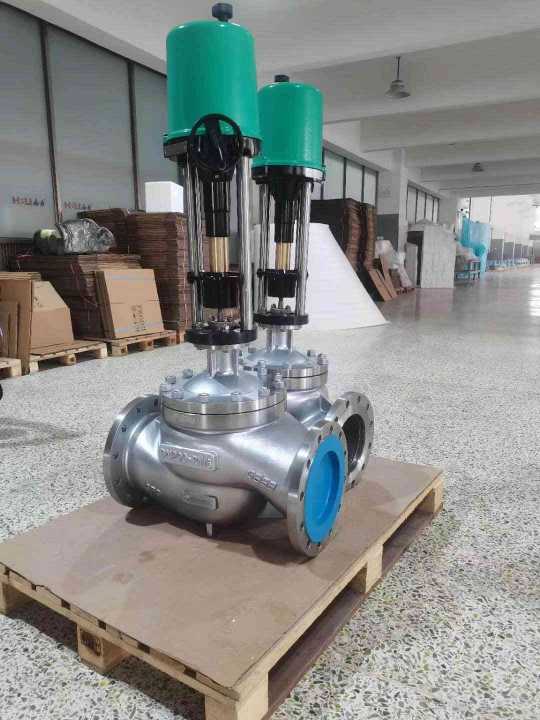Electric single seat regulating valves are essential components in various industrial processes, primarily used for controlling the flow of fluids in pipelines. This article delves into the functionality, advantages, applications, and maintenance considerations of these valves, providing a comprehensive understanding for engineers, technicians, and anyone involved in fluid control systems.

What is an Electric Single Seat Regulating Valve? An electric single seat regulating valve is designed to modulate the flow of fluids by adjusting the valve opening through an electric actuator. This type of valve typically features a single seating surface, which makes it ideal for applications where precise flow regulation is necessary. The electric actuator allows for automatic operation, enabling the valve to respond quickly to changes in process conditions. Key Components The primary components of an electric single seat regulating valve include: Valve Body: The main structure that houses the valve internals. It is designed to withstand the pressure and temperature of the fluid being controlled.